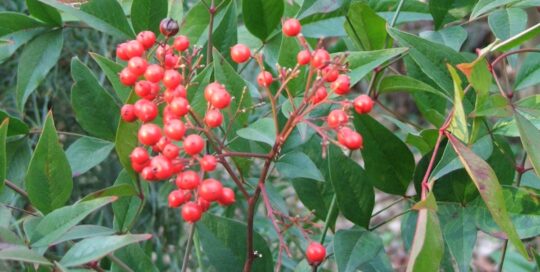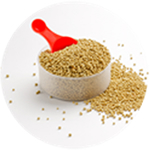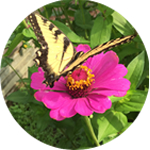Delay Spring Garden Cleanup to Protect Native Bees and Insects
Views: 51

With gardening catalogs arriving every week and spring plant sales already taking orders, I know my favorite time of year is almost here. My daffodils and tulips are already coming up, despite record cold temperatures and snow this week (ouch). I want to get going in preparation for spring planting, but as a wildlife gardener, I know patience is warranted. Delaying spring garden cleanup is one of the best things you can do to protect native bees, butterflies, beetles, and other beneficial insects that rely on the shelter of plant materials to survive the winter, especially knowing that late winter storms are inevitable in a changing climate.
Why Delay Spring Cleanup?
Many native insects overwinter in dead plant material. Hollow stems, leaf litter, and dried flower heads serve as vital habitats for insects in their larval, pupal, or dormant stages. Cutting and removing this organic matter too early can destroy the next generation of pollinators before they have a chance to emerge.
Here are some friends that may be affected if you jump the gun on garden cleanup too soon:
- Native Bees: Many species of solitary bees, including mason bees and leafcutter bees, are cavity nesters and lay their eggs in hollow plant stems. These bees are among the earliest pollinators to emerge in spring, but only if their nests remain undisturbed until temperatures are consistently warm enough for them to hatch and get out to start doing their thing.
- Butterflies and Moths: Some butterflies and moths overwinter as pupae in curled leaves or attached to dried stems. Others, like mourning cloaks, hibernate as adults under leaf litter.
- Beetles and Other Beneficial Insects: Ladybugs, lacewings, and ground beetles—natural predators of garden pests—take refuge in plant debris during the cold months. Clearing it away too soon disrupts their life cycle, reducing their numbers when you might need them desperately later because aphids have run amok in your milkweed.
When Is It Safe to Start Cleaning Up?
I use the tried and true method of “waiting until I see pollinators.” If you start noticing bees buzzing around early blossoms or butterflies flitting about, it’s a sign that insect life is awakening, and cleanup can proceed gradually. A caveat to that, however, is European honeybees. I see these bees out foraging long before my natives come out. I recommend waiting until you see native bees and insects out and about.
While spring arrives at different times throughout the country, another good rule of thumb is to wait until daytime temperatures are consistently above 50°F (10°C).
How to Clean Up Without Harming Wildlife
Instead of a drastic garden cleanup, take a gradual approach to tidying up (it’s hard, I know, I want it all done NOW):
- Cut stems in stages: When trimming last year’s stems, leave some behind or stack cut stems in a quiet corner of your garden to allow emerging bees to escape. I have several places around my yard where I toss all the stems I cut down, just in case.
- Leave leaf piles undisturbed: Instead of bagging and removing leaves, compost them in a designated area or use them as mulch.
- Create habitat piles: Stack old stems, twigs, and dried plant material in an out-of-the-way area to give insects a place to transition out of dormancy. If you have land, brush piles are also great to support birds.
- Plant early bloomers: Native spring flowers like crocuses, violets, and wild columbine provide early nectar sources for emerging pollinators.
A Small Delay, A Big Difference
By postponing spring garden cleanup, you make a simple yet profound contribution to local ecosystems. Your patience ensures that native bees and other beneficial insects have a fighting chance to complete their life cycles, strengthening your garden’s natural balance.
Meet Leslie Miller
Leslie Ann Miller shares 3.5 acres in rural Oklahoma with birds, butterflies and wide variety of animals. She is currently transforming her yard with plantings…
Leslie's Recent Posts

Nandina Berries Are Potentially Harmful to Birds: A Warning






